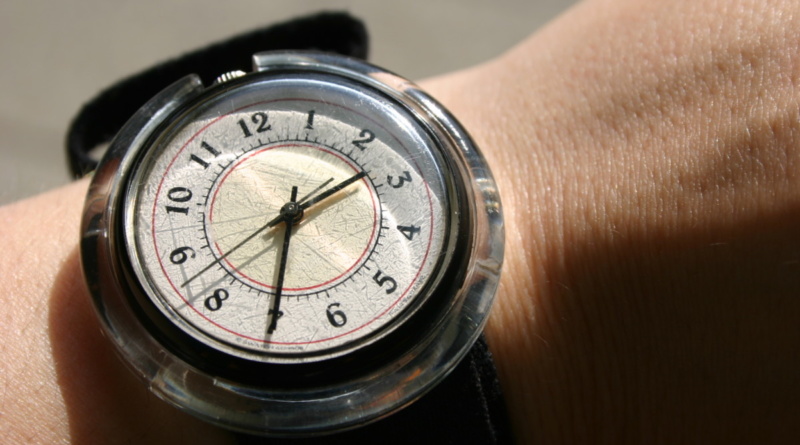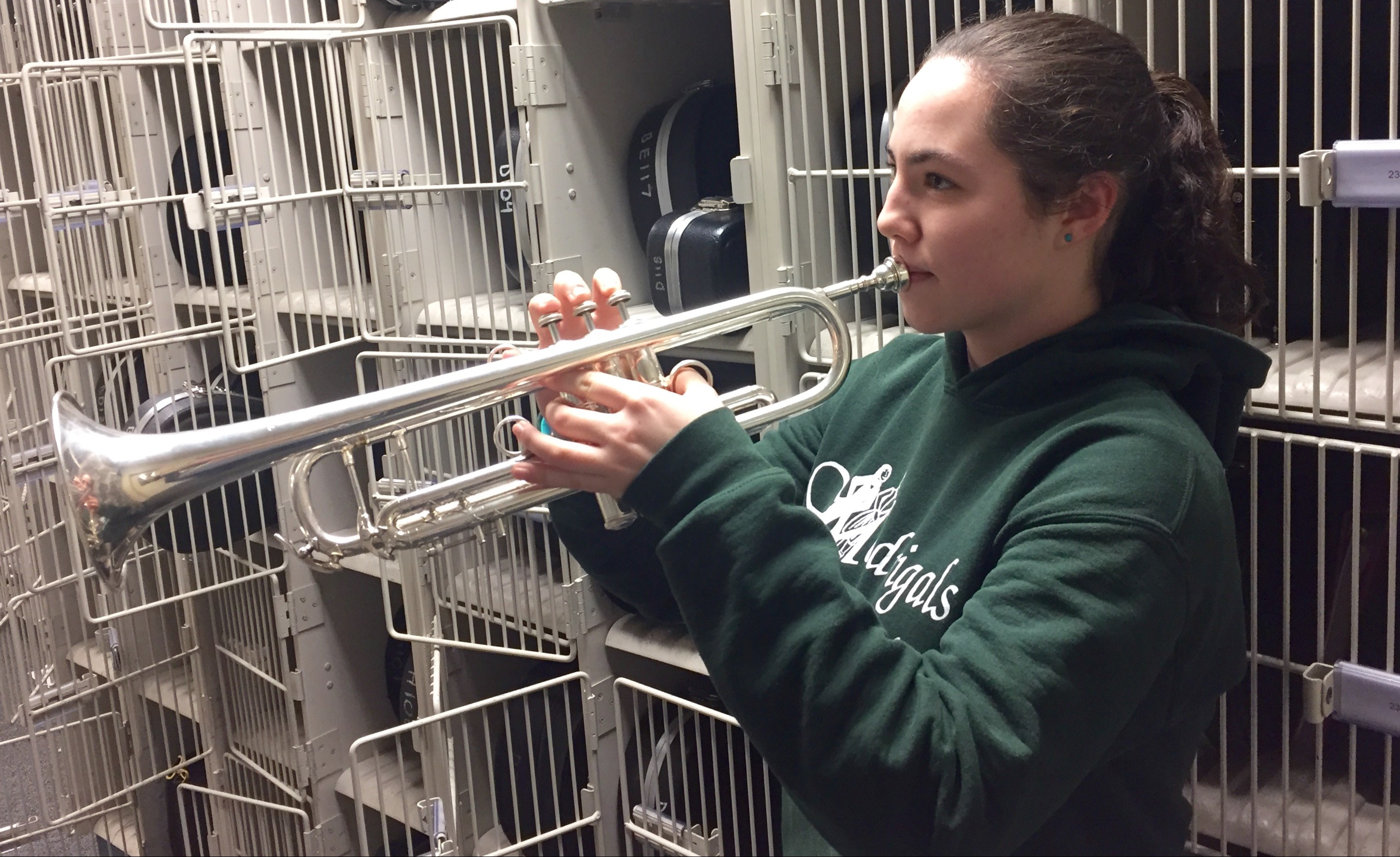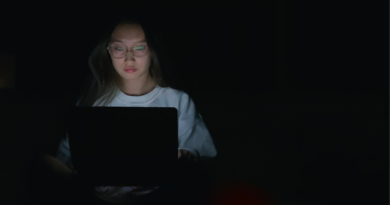Daylight savings: should it still be observed?
PHOTO: Clocks are turned an hour forward on the second Sunday in March, marking the beginning of daylight savings (Courtesy: Anika).
Daylight savings shifts schedules and rearranges the day around daylight. Some argue against daylight savings, while others urge the practice should continue.
By Ally Kang and Priscilla Lee,
BlueDevilHUB.com Editors–
[Brief introduction]
By Allyson Kang,
BlueDevilHUB.com Editor-
This year’s spring forward with Daylight Savings on March 14 brings sleep loss and mood disturbances among other disadvantages. However, the overall benefits of aligning our schedules with the sun make the biannual time change the best option we currently have.
In 2018, California passed Proposition 7 to establish permanent, year-round Daylight Savings Time, although it was not put into action because of the federal Uniform Time Act.
The problem with this is that the sun would rise too late during the winter. The purpose of the shift forward and back is for us to have enough light both on summer evenings and on winter mornings.
According to a news piece by professors Johanna H. Meijer and Gene Block, permanent Daylight Savings Time would mean winter sunrise at 7:47 a.m. in San Diego, 8:20 a.m. in San Francisco and 8:42 a.m. in Crescent City.
Teenagers not being exposed to enough light in the morning is linked to sleep deprivation, according to a 2010 study by the Rensselaer Polytechnic Institute. That morning light stimulates the body’s biological clock.
The official opposition to Proposition 7 also stated that “yes, it’s a minor inconvenience when we “spring ahead” and we lose that hour [...] but avoiding these transitions is not worth the confusion with other states’ times, and the months of dark mornings we’ll have to endure if we have permanent Daylight Saving Time,” Sen. Hannah-Beth Jackson and Asm. Phillip Chen said.
Looking back in history, the U.S. has attempted and failed to establish a permanent Daylight Savings time. In 1974, the U.S. moved to full-time Daylight Savings Time, but after fierce protest from people who found the sun rose too late, standard time was restored.
Organic farmer and circadian biologist Carine Marshall predicts that “farmers are actually the few people who don’t mind daylight savings time [because then] the rest of our population is closer to our schedule.” However, she finds that the change does not really affect processing.
As an argument against Daylight Savings, she also finds the shift very inconvenient as a circadian clock biologist.
“I can’t tell you how many experiments have been messed up because of Daylight Savings. Because no matter how much I try to prepare [...] something always gets messed up at some point. Big waste of time and [...] resources,” Marshall said.
Another argument against Daylight Savings is the health effects that come with the change, which can sometimes be life-threatening.
While this is a serious consideration, almost all effects are short term. People can prepare for the shift in the week ahead by slowly shifting their schedule, among other tips.
Daylight Savings is a compromise. It is not the perfect solution, but it is the best out of our current options.
By Priscilla Lee,
BlueDevilHUB.com Editor--
It’s that time of the year again - spring forward, lose one hour. To many, the changing of the clock is a minor inconvenience at most; however, California should maintain the standard time year-round to reduce the detrimental effects on people’s health and society.
In the U.S., the formal idea behind daylight saving was an effort to conserve energy during World War I, and it became the national model in 1966 through the Uniform Time Act. Nowadays, however, the actual amount of energy saved is either minimal or nonexistent, raising the question of whether we should preserve this system.
Arizona and Hawaii are two states that have chosen to stick with standard time, and California should follow suit. Adopting permanent standard time does not require an act of Congress as switching to daylight saving time year-round would.
While there is no doubt that an extra hour of sunlight can supply numerous benefits, such as increased physical activity and reduced crime, permanent standard time corresponds better with our bodies’ biology, mainly our circadian clock. Misaligning our internal and social clocks, which creates what is known as “social jet lag,” means our bodies are required to function in what appears to be a different time zone, disrupting their natural rhythm. This can have more severe effects on our health and is even more upsetting for those with a sleep disorder.
Not getting a good night’s rest can also impact how effectively people are able to do other important tasks, such as driving. Researchers from John Hopkins and Stanford University concluded there is a notable increase in fatal accidents on the succeeding Monday of the time change in the spring, which is risky not only for drivers, but also endangers pedestrians and animals on the road.
Furthermore, studies suggest there is an increased chance of heart attack and stroke during the immediate days following the spring time change. These prospects could be easily lowered if a standard time is kept.
The transition back into standard time in the fall also has some downsides, as it allows for seasonal depression to hit with more force as the darker evenings take over after a period of longer evenings.
While getting rid of the time change is one step, deciding on which time zone to keep remains the question.



